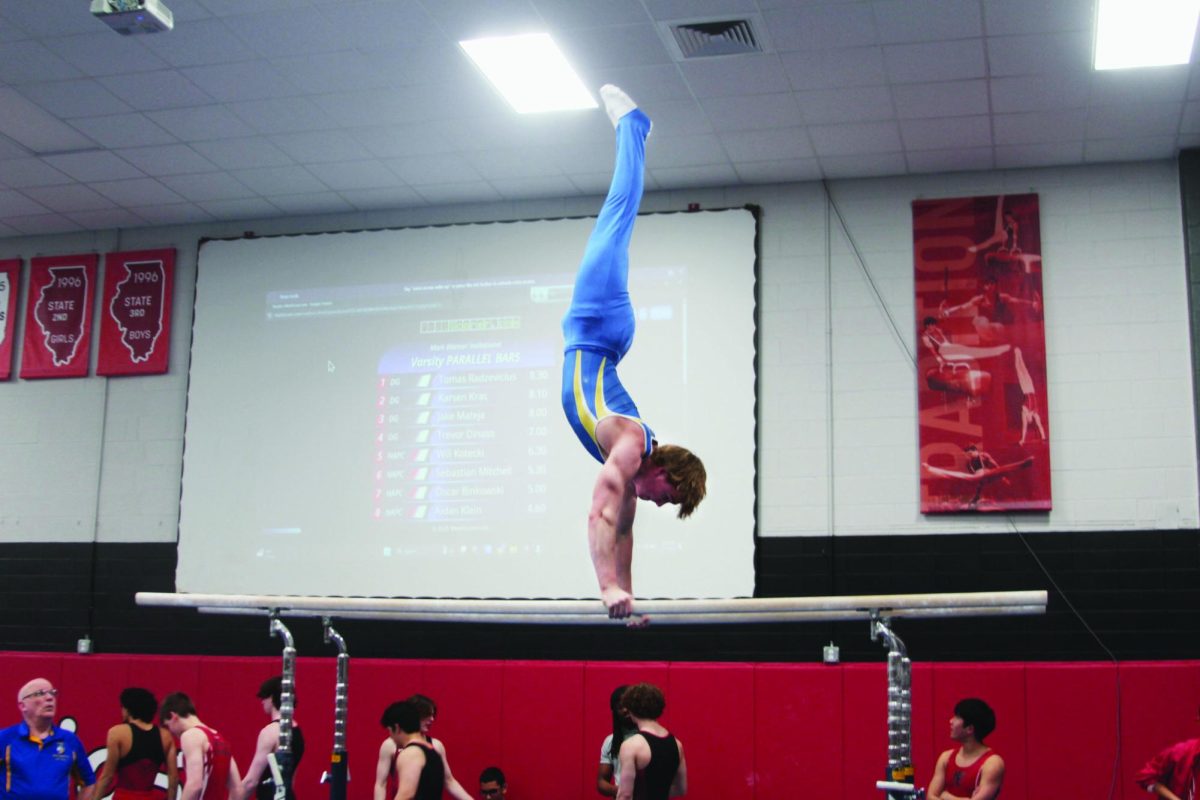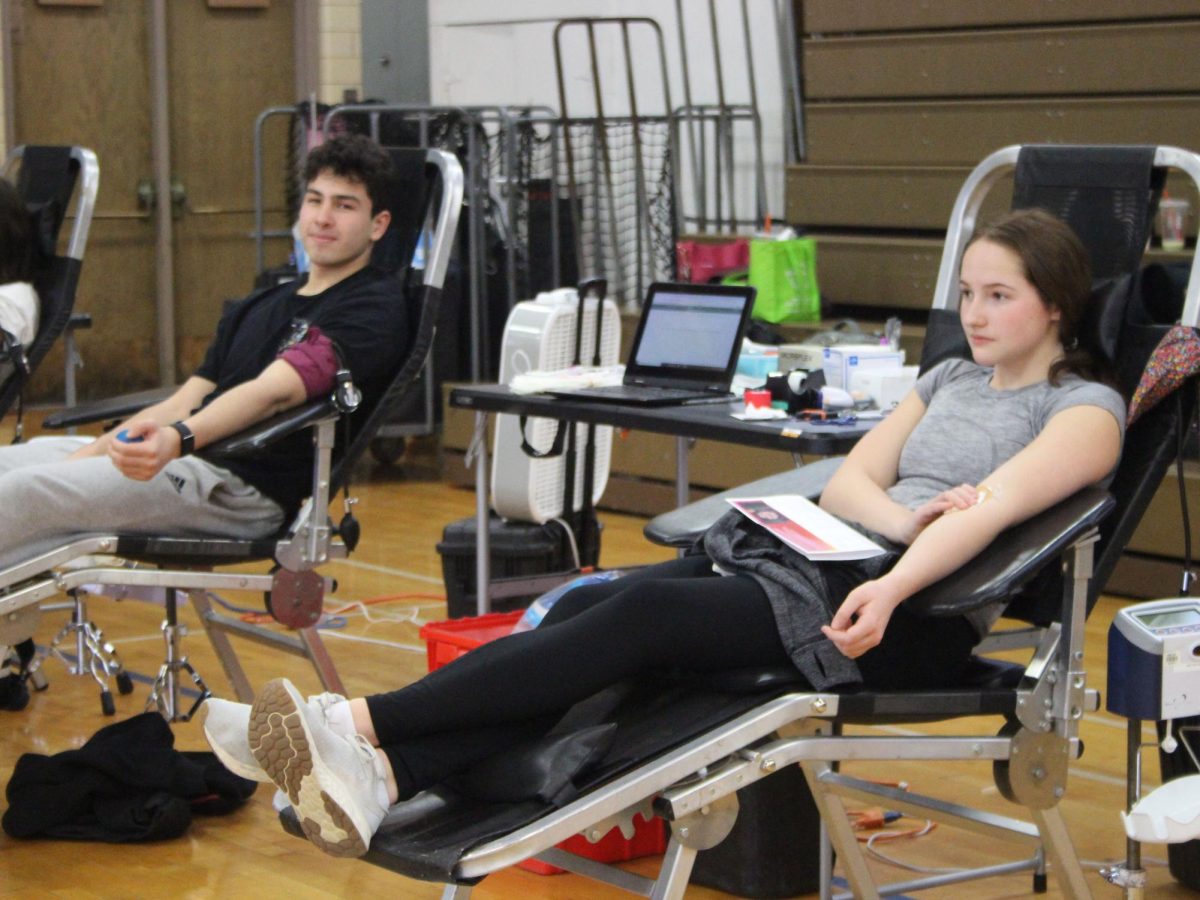Over her 26 years of teaching at LT, Language Arts teacher Vikki Reid has seen the changes LT has undergone. However, a new problem has arisen. In an effort to save money, there have been fewer classes, packed with more students, which could affect both students and teachers.
“In my opinion, class sizes are scheduled tightly with maximum numbers placed within each class,” Reid said.
According to what is known as the teacher contract, teachers can have a maximum of 130 students on their rosters, not including study hall assignments. Usually, the max number of students should be capped at 26; however, with Division Chair approval, that number can be bumped up to 27, Reid said.
“When a department schedules full-time employment (FTE), the district values keeping classes more full and FTE lower, in order to save money. This would mean that classes are scheduled with more students to keep FTE down, and this does not allow for student movement [to be] as easy as it [used] to,” Reid said.
This can also prove to be a problem for the learning environment itself, Reid said. With more seats filled in each class, it takes away from the time and attention a teacher is able to give to individual students during the limited class time.
“Twenty-six or 27 students in an English class is a really high number and can be challenging for grading purposes,” Reid said. “When we’re editing or writing in class, [a time] where I can check if everyone’s on track, if the class is full, the more time it takes me.”
During late January, students participate in a Group Guidance session with their respective counselors to pick their courses for the next upcoming school year, Sophomore Counselor Anne Strickland said. Rather than using the selection form provided to dictate the order of a student’s classes, it is used to guide the administration and give them an idea of how many teachers they need to hire per course based on the number of students who want to go to each class. Every spring, LT goes through this process, called sectioning.
“We know that those are the classes we need to have spots for, plus a little bit extra for kids that might move in,” Strickland said. “But, we also know we’re gonna lose some students, too, because kids move out, kids move in.”
LT administration works closely with division chairs in order to determine the recommended number of sections for each class, Associate Principal Greg Gardner said. For example, if a course has a maximum seat count of 26 and 200 students request that course, that will be approximately 7.69 sections.
“At that point, we review historical data to decide whether to offer seven or eight sections. Some courses tend to have higher transfer rates, and we also factor in students transferring into the district,” Gardner said. “Our goal is to ensure we have enough seats for all students while staying within the established maximums.”



















![Movie poster for '[Rec]" (2007).](https://www.lionnewspaper.com/wp-content/uploads/2023/04/rec-640x900.jpg)






